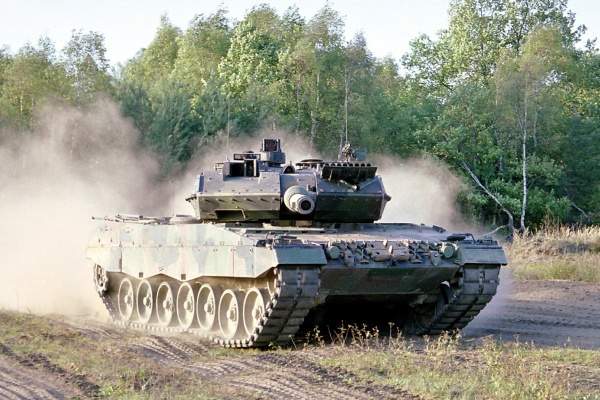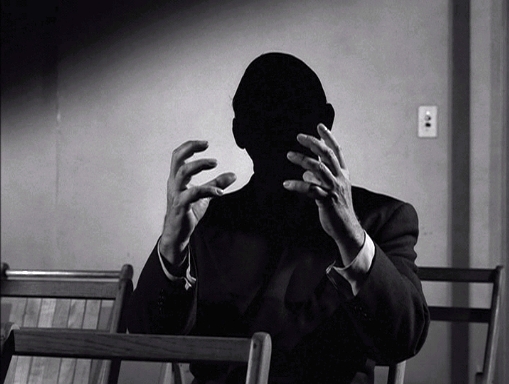U.S. General Hanson E. Ely: Born in Independence, Iowa in 1867, General Ely was instilled from an early age with two things that would shape his life: love of history and love of a country. It would be these two principles that would push him to apply for seat at the United States Military Academy at West Point; he would be accepted in 1891. The 1890's were a time of rapid change for the United States. The Prussian reforms adopted by the U.S. following its defeat in the Second Mexican-American War were beginning to bear fruit. The U.S. Army was leading the way in this regard with its nearly increased size and fire power. Still, for some, it wasn't quite enough. Some U.S. Army officials recognized that numbers and weapons alone wouldn't win wars. Future wars would be decided with bold action and innovation. From his study of history, and the interactions of several of his professors at West Point, General Ely became an ardent student of this line of thinking. The history of warfare had shown that numbers alone do not decide the outcome; the victory of the Confederacy in the previous two wars clearly demonstrated that. Upon his graduation, General Ely would distinguish himself in various positions from the company to division levels; including being selected as the U.S. military liaison to the German Army maneuvers in 1906.
At the outbreak of the war in 1914, General Ely was the commander of the U.S. 7th Army in Kansas. His mission was to advance into Sequoyah and potentially force the Confederacy to divert troops from the Eastern Theater to defend Texas. Although the 7th Army was no bigger than a standard U.S. sized Corps, it was still far larger than the division sized Confederate Army of the Plains. An additional advantage of the 7th Army was the acquisition of 50 armored cars. General Ely, at a prewar conference in Philadelphia, had requested the cars when no other commander was interested in them. He quickly grasped that the cars, while not much faster than horse cavalry, could provide him the innovative and shock value that he needed to achieve this objective. Organizing the armored cars into two battalions of 25, he would effectively use them to outrun and mow down Confederate forces which would allow the infantry to advance. At battles such as Bartlesville, Enid, and Stillwater, the Army of the Plains would be soundly defeated and forced to fall back, or risk being annihilated. By Spring, 1915 most of Sequoyah would be under U.S. control. General Ely would wire back to the War Department that if two more divisions and 50 more armored cars could be made available, then he could strike south in Texas and potentially cutoff the panhandle. The War Department, dealing with the Confederate advance on Philadelphia, not only did not provide the requested reinforcements but withdrew one division and 30 armored cars from the 7th Army to bolster the U.S. offensive out of Baltimore. General Ely would be named military governor of Sequoyah, while remaining the commander of the much reduced 7th Army.
General Ely would be transferred to the U.S. 1st Army in December 1916 as the Operations Officer. It was here that he would mentor a young Lieutenant Colonel Irving Morrell and develop the first doctrine for armored warfare. During the Barrel Roll offensive in 1917, he was given command of all 1st Army’s barrels. For his part in the success of the offensive, General Ely was awarded the Distinguished Service Cross. Following the war, the War Department offered General Ely command of the Barrell Works in Kansas. General Ely, recognizing his age, declined the appointment but recommended Colonel Morrel to Army Chief of Staff Leonard Wood. General Ely would serve as commander of U.S. forces in Kentucky before retiring in 1920. In a post-GWII interview, then General Morrell would be quoted as saying: “When it came to armored warfare, General Ely understood it from the get-go. Any compendium on subject should start with his name.”






